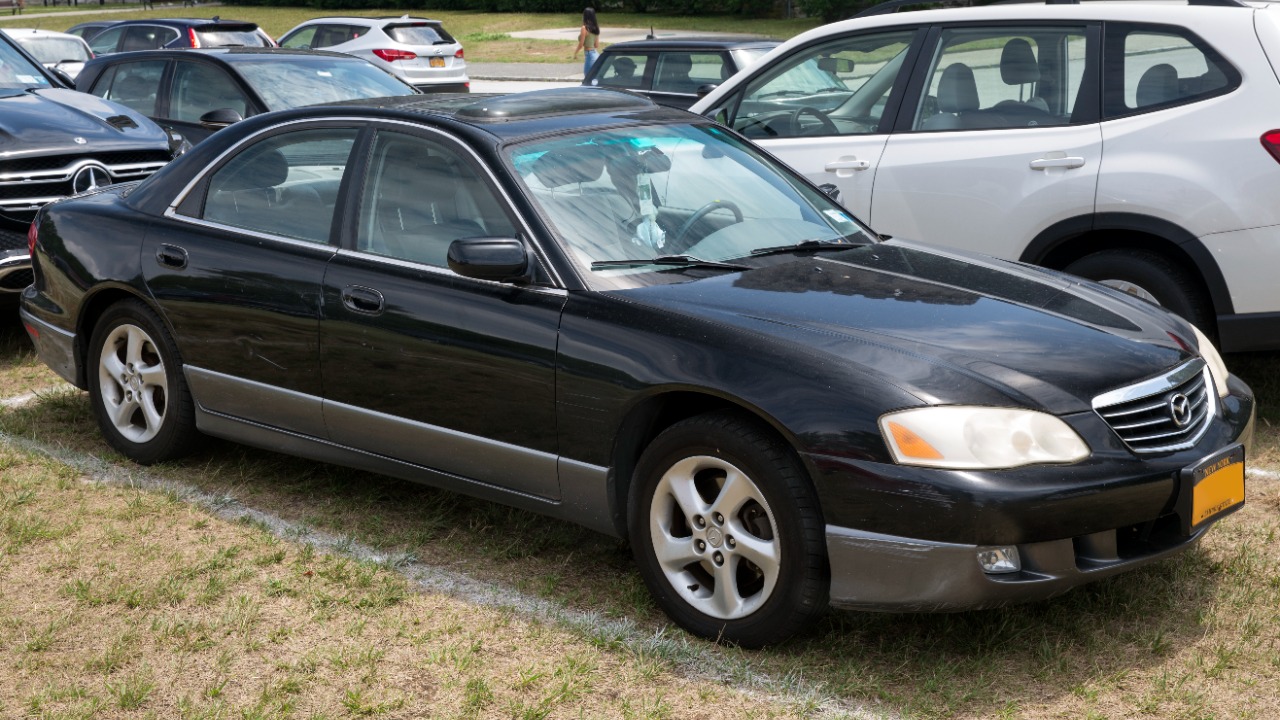
Mazda’s implementation of the Miller-cycle engine in their production vehicles, starting with the 1995 Xedos 9, marked a significant shift in automotive powertrain design. The unique 2.25-litre V6 engine combined supercharging with delayed intake valve closing, enhancing efficiency and allowing for a longer expansion stroke than compression stroke. This innovative approach differentiated it from standard Otto-cycle designs, enabling better fuel economy without sacrificing performance. Mazda’s continued innovation in this area, including a patented 6-stroke hydrogen combustion engine announced in 2025, signals an ongoing evolution of these principles.
The Origins of the Miller Cycle
The Miller cycle was invented by Ralph Miller in the 1940s, with a foundational patent that proposed using early or late intake valve closing to reduce effective compression while maintaining full expansion. This concept found early experimental applications in aircraft and marine engines during the mid-20th century, addressing efficiency limitations in high-boost scenarios. As Michael Taylor’s 2023 opinion on Mazda’s Miller Cycle notes, these historical precedents played a significant role in influencing automotive adoption.
Core Differences from the Otto Cycle
One of the key distinctions of the Miller-cycle engine lies in its valve timing. Unlike Otto-cycle engines, which are commonly used in conventional gasoline cars, Miller-cycle engines close intake valves later in the compression stroke. This reduces the amount of air-fuel mixture compressed, leading to an over-expansion benefit where the power stroke uses the full piston travel for more work extraction. As a result, these engines often achieve thermal efficiency ratings exceeding 40% in optimized designs. However, as highlighted in a Jalopnik article, this setup requires supercharging or turbocharging to compensate for reduced volumetric efficiency.
Mazda’s Rationale for Adopting the Miller Cycle
In the 1990s, Mazda strategically focused on fuel efficiency amid tightening emissions regulations. The Miller cycle presented a way to meet these standards without downsizing engines. Michael Taylor’s 2023 analysis praises Mazda’s Miller Cycle for its ability to balance performance and economy, especially in luxury sedans. This gave Mazda a competitive edge over rivals like Toyota, who were experimenting with hybrid technologies, as Mazda preferred to innovate within the realm of pure internal combustion.
Implementation in the Mazda Xedos 9
The debut of the Miller-cycle engine in the Mazda Xedos 9 in 1995 marked a significant milestone. This luxury sedan, marketed in Europe, featured a supercharged 2.3-liter V6 variant tuned for smooth, efficient cruising. Retrospectives on Mazda’s Miller Madness highlight the vehicle’s impressive performance metrics, including a combined fuel economy of around 25 mpg and an output of 210 horsepower. The Xedos 9 represented Mazda’s push into premium segments using unconventional engine technology.
Technical Specs of Mazda’s 2.25-Litre V6
Mazda’s 2.25-litre V6 engine, in its Miller-cycle configuration, featured a Lysholm supercharger for boost and electronic valve control for timing adjustments. The engine also integrated variable resonance intake manifolds to optimize airflow, contributing to the engine’s torque delivery peaking at low rpms for refined driving. A 2023 CarThrottle piece underscores the engine’s unusual supercharger placement and overall atypical architecture for the time.
Advantages and Challenges of Mazda’s Approach
Mazda’s approach to the Miller cycle resulted in several efficiency gains, such as reduced pumping losses and lower NOx emissions due to cooler combustion temperatures. These factors helped Mazda achieve class-leading economy in non-hybrid form. However, the approach also had its drawbacks, including added complexity from supercharging hardware, which increased maintenance needs and contributed to the engine’s limited longevity in some applications. As explored in the Jalopnik article, the Miller cycle played a crucial role in differentiating Mazda during the fuel-crisis era.
Recent Evolutions and Mazda’s 6-Stroke Patent
In 2025, Mazda patented a 6-stroke hydrogen combustion engine, incorporating Miller-like principles with an additional water injection cycle for even greater efficiency. This innovation builds on the original Miller cycle by adding a sixth stroke for vapor expansion, potentially enabling zero-carbon operation in future vehicles. A Carbuzz report emphasizes the engine’s hydrogen compatibility as a forward-looking response to electrification trends, signaling Mazda’s ongoing commitment to powertrain innovation.